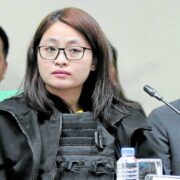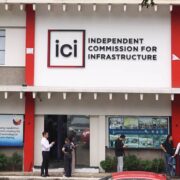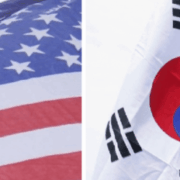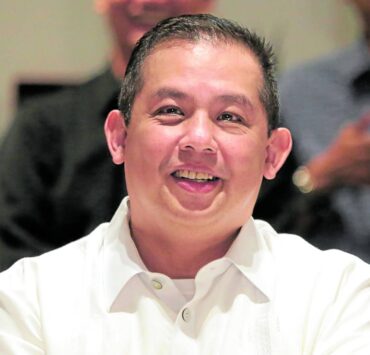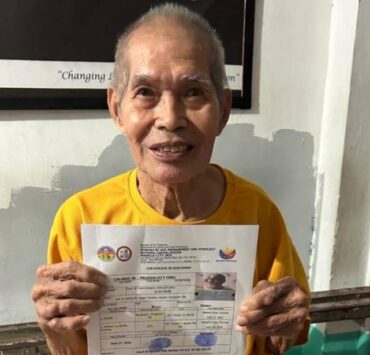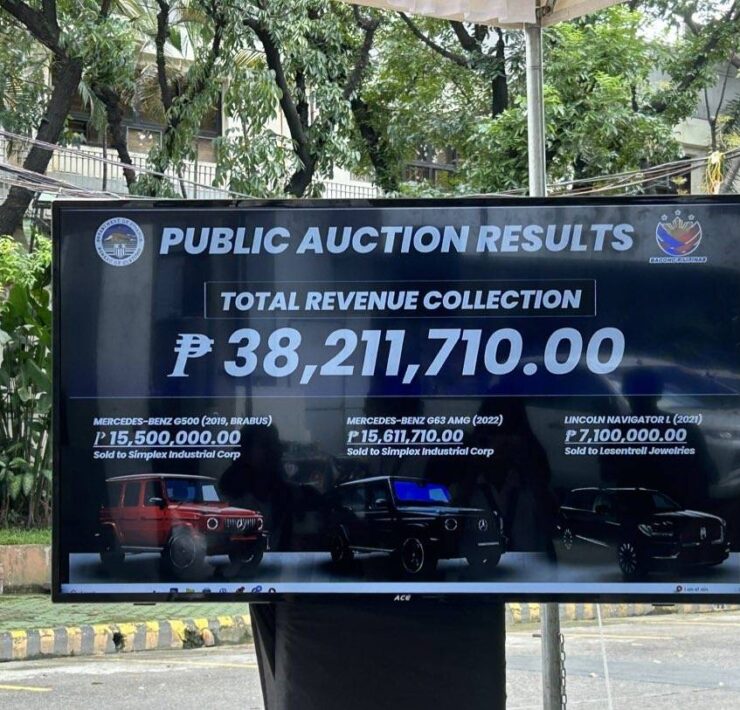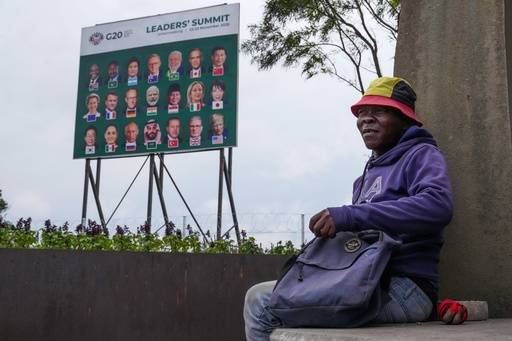In Pangasinan, homegrown talent shines in museum
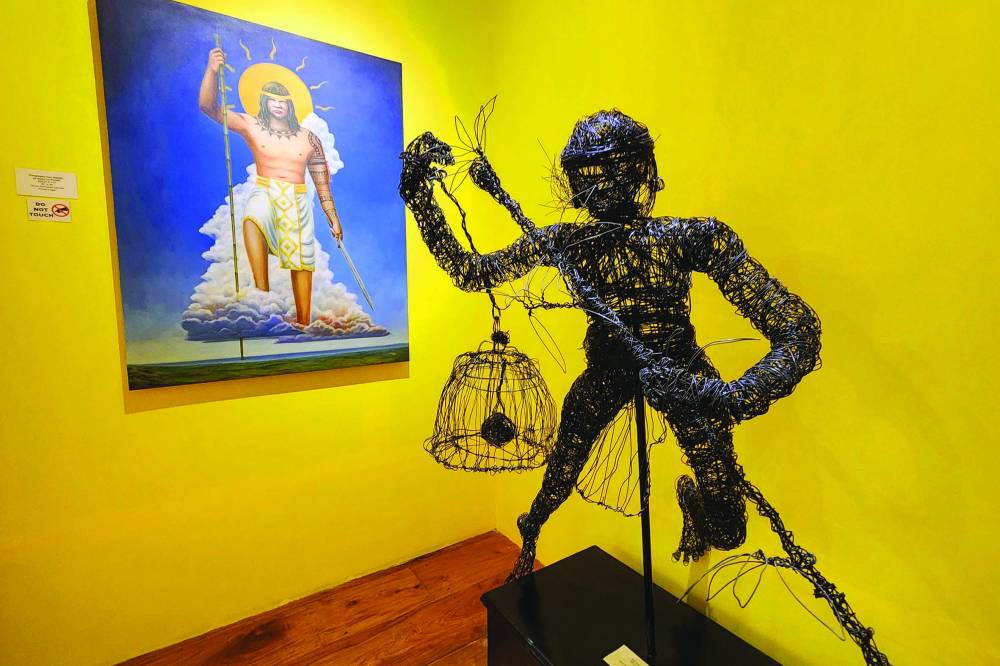
LINGAYEN, PANGASINAN—One day last month, groups of multimedia arts students from the Pangasinan Polytechnic College (PPC) combed through the Agno River at Barangay Pangasinan in this capital town to pick up “trash.” But this wasn’t a cleanup drive — it was an art mission.
From the riverbed, they unearthed a curious assortment of objects: old and new fishing gear, empty liquor bottles, a smashed guitar, tires, clothes hangers, and other household and natural debris — “treasures” that offered a glimpse into the life and times of the communities living along the river.
The found materials were thoroughly cleaned, sanitized and artfully arranged atop a 20 feet by 5 feet table layered with river sand. The result: “Sapan Palapar,” an art installation now on display at Asin Gallery of the Banaan Pangasinan Provincial Museum, located in the historic Casa Real in Lingayen. “Banaan” is Pangasinan for “meeting place.”

“Sapan Palapar,” which translates to “wide river,” was how earlier generations referred to the Agno River, said Nathaniel Daroy, deputy director of the museum. The exhibit, which opened on May 29 and runs until Aug. 29, tells the story of riverside life through found objects that symbolize everyday experiences and historical memory.
In a curatorial statement, Jubilee Ira Marquez, a faculty member of the PPC School of Creativity and Design, described the exhibit as “a space for reflection… a call for appreciation, protection, and celebration of the waterways that sustained life and inspired generations in the province of Pangasinan.”
The installation marks the eighth exhibit hosted by Asin Gallery since Banaan Museum opened in September 2023.
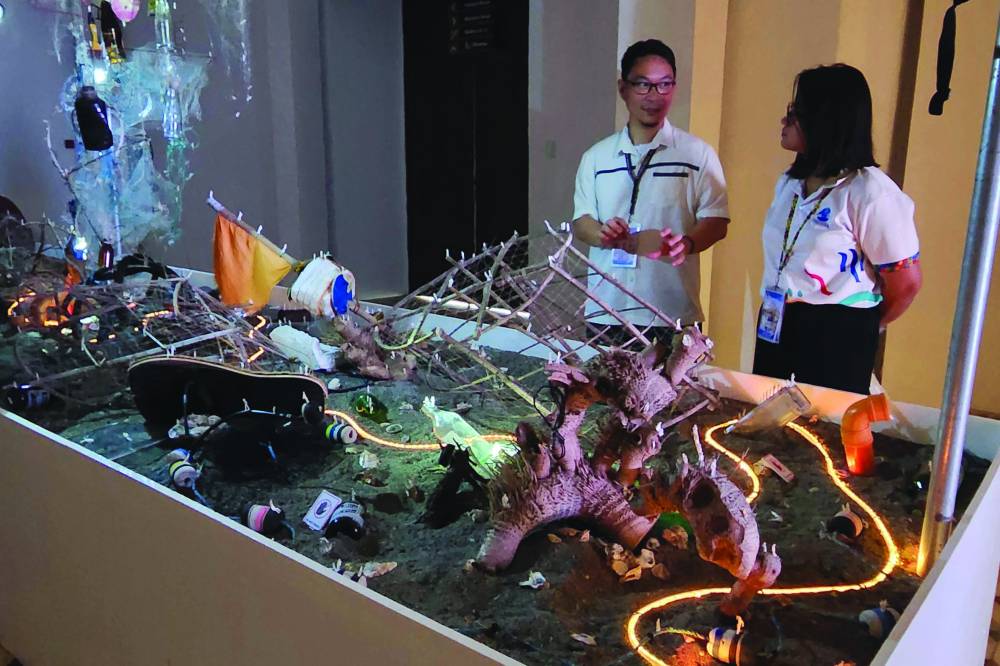
Special significance
Previous exhibits include “Kaluyagan” (province mates) and “Bii” (woman) — painting showcases by local artists; “Siplog,” a digital art show; “Laylay,” which traced the evolution of Philippine flags; “Bulos a Nakeb,” a collection of Pangasinan and Ilocano poems and riddles; and “Interwomen Roots,” which celebrated indigenous cultures and traditions.
While Asin Gallery is one of 11 curated sections within the museum, it holds special significance.
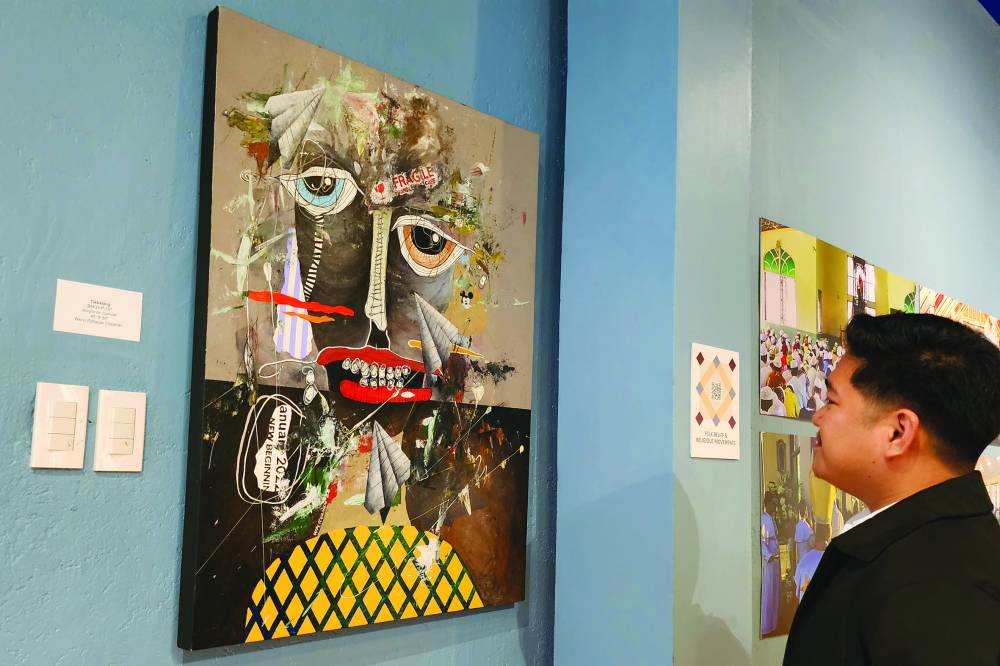
“The Asin Gallery provides a venue for local artists to exhibit and sell their work and to engage with art lovers and fellow creatives,” said Malu Elduayan, Pangasinan provincial tourism officer.
“Pangasinan is not widely known as an arts hub,” she added, noting that many local artists often seek audiences outside the province.
The gallery provides a vital platform for emerging artists. One of the first to sell a piece there was Mark de los Santos of San Carlos City, whose 24 inches by 24 inches acrylic painting “Anuyaw” (Sparrow) was purchased during the rotating exhibit Kaluyagan.
De los Santos, also a sculptor, was among seven artists commissioned by the provincial government to contribute original pieces to the museum.
Another featured artist is John Ray Dizon, then a 21-year-old fine arts student at the University of the Philippines when he was invited to paint flora and fauna endemic to Pangasinan.
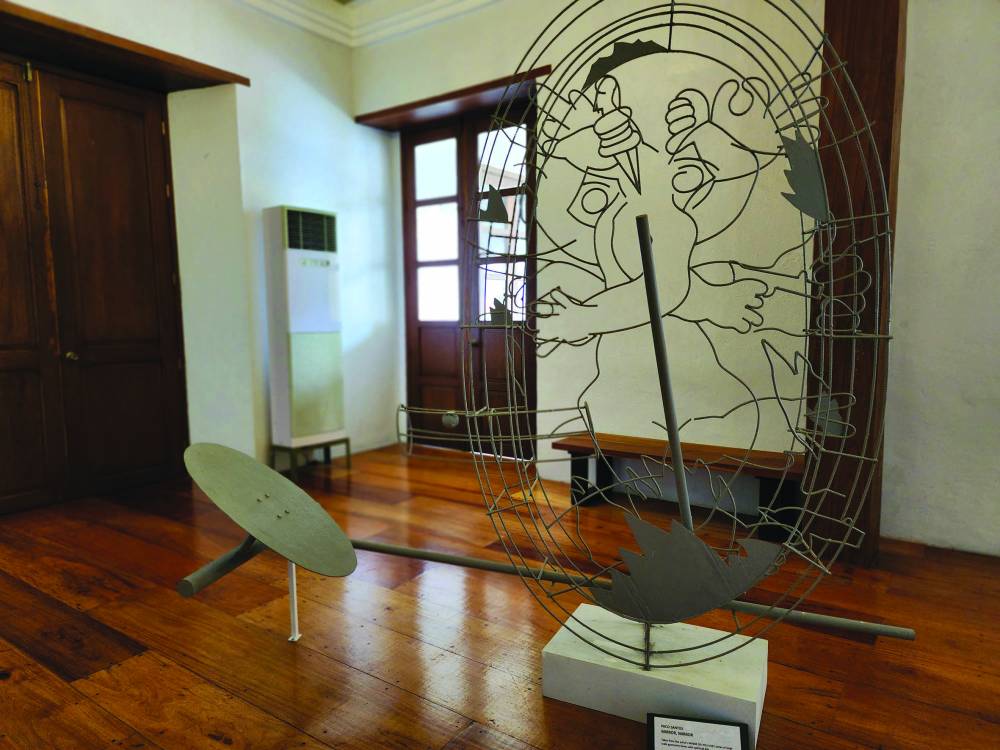
Embracing challenge
Though Dizon preferred portraits and landscapes, he embraced the challenge.
“Because of my work for the museum, I earned a spot in a student exchange program at the University of the Arts in Singapore,” he said.
Prince Angelo Logan, 30, already active in the local arts scene, contributed two works — “Apolaqui” and “The Mermaid of San Juan River.”
“I believe the museum exists to support artists like us — those who have yet to reach their full potential. It’s especially meaningful for emerging artists who exhibit at the Asin Gallery,” Logan said.

Collaborating on a sculpture titled “The Four Kings of Pangasinan,” artists Abet Sison of Lingayen and De los Santos crafted a striking piece out of metal bars and wires, now on display at the museum.
“We worked from a sketch and spent about a month completing it. It was worth it to be part of the museum’s inaugural group of featured artists,” Sison shared.
Other commissioned artists include Joshua Carajay, who is behind a portrait of Chinese pirate Limahong; Wenn Pidlaoan Licuanan, who rendered an image of the mythical creature tikbalang (half horse, half human); and Van Zachary Turingan, who painted a writer Carlos Bulosan’s portrait.
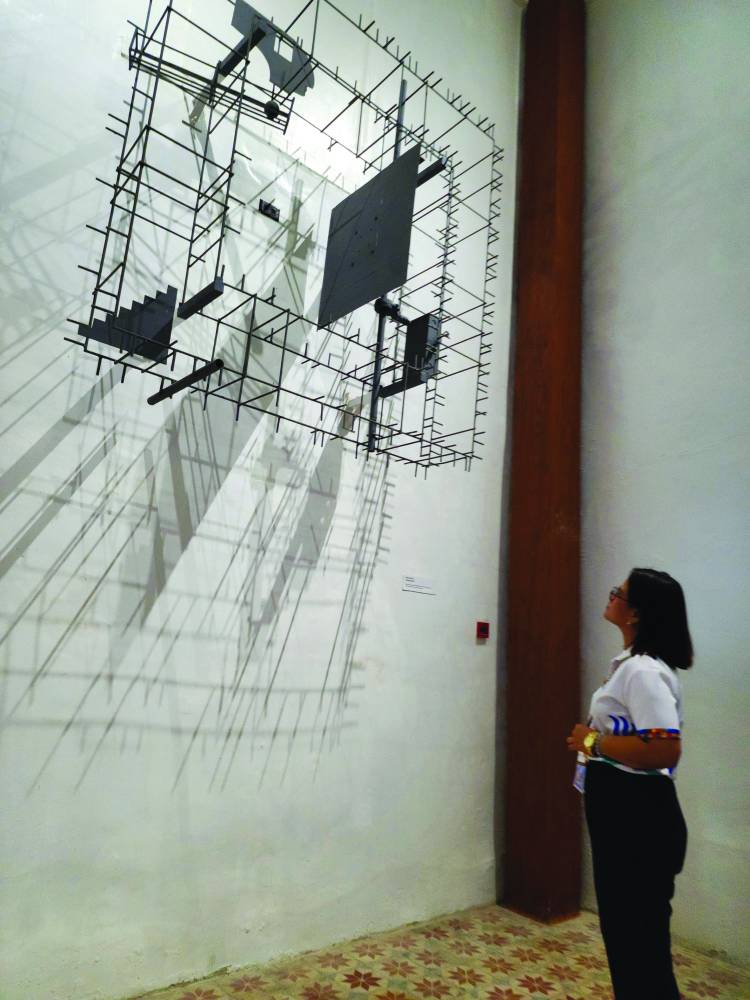
Sculptor Jose “Paco” Santos, 75, whose master’s thesis centered on Casa Real, loaned several of his works to the museum, including “Mirror Mirror,” “Dragonfly,” and “Transcend,” the latter prominently displayed near the museum’s main staircase made of “Piedra China” (Chinese granite cobblestones).
The museum also hosts a shop featuring local crafts — from blade (Pozorrubio town) and bamboo works (San Carlos City) to buri bags (Bolinao town) and upcycled wood items (San Carlos City). Its curatorial work was led by the University of Santo Tomas’ Center for Conservation of Cultural Property and Environment in the Tropics (UST-CCCPET).
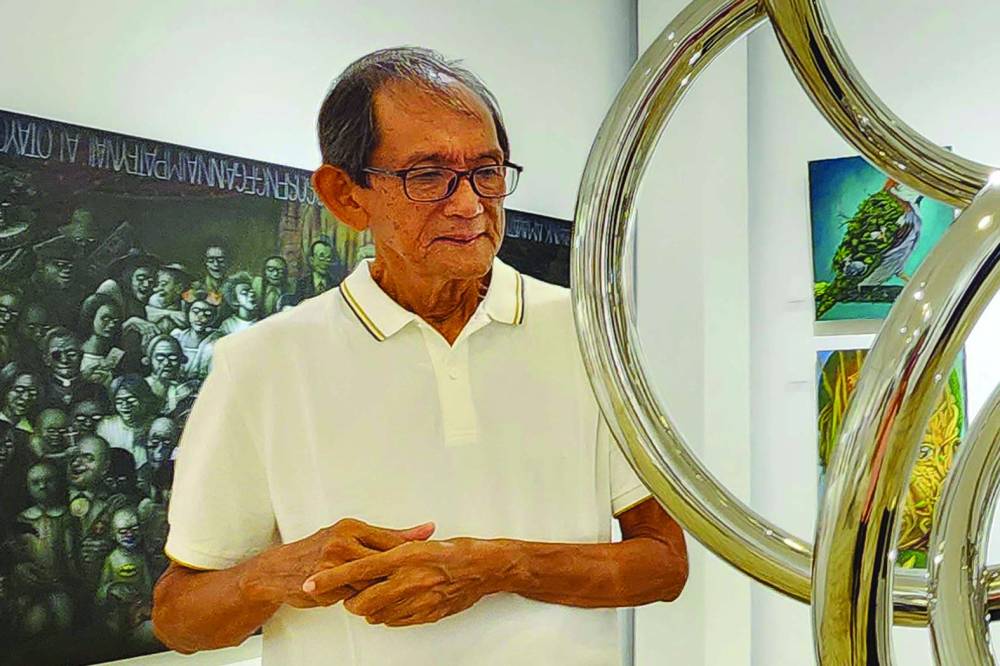
Identity
Mary Ann Venturina-Bulanadi, project director and officer-in-charge of UST-CCCPET, noted that they encountered a challenge in curating pieces for Banaan.
“Many Pangasinan artists were unavailable. So we had to ask for help from non-Pangasinan artists,” she said.
Still, the museum has quickly grown into a cultural landmark in the Ilocos region. It has drawn over 16,000 visitors since it opened its doors to the public two years ago.
During Banaan Museum’s first anniversary, Gov. Ramon Guico III noted its significance to the life of the people of Pangasinan: “If there is no museum, [people] wouldn’t know who they are. You will [lose your] identity — with no knowledge of your culture or history. This is why museums are so important.”




